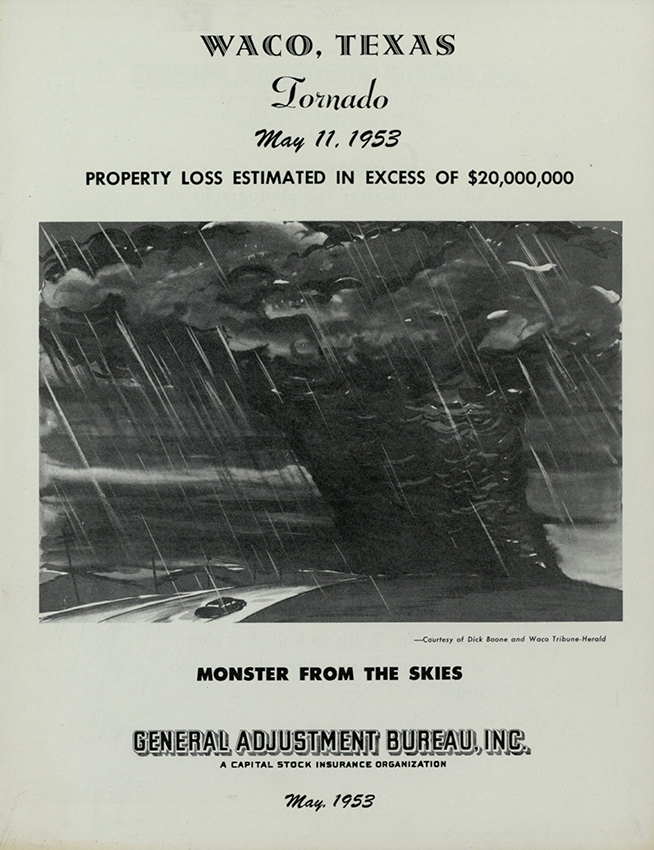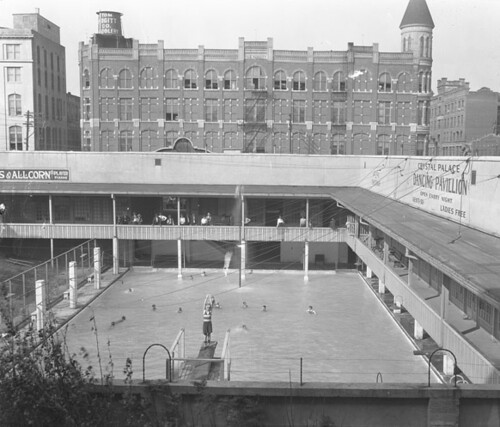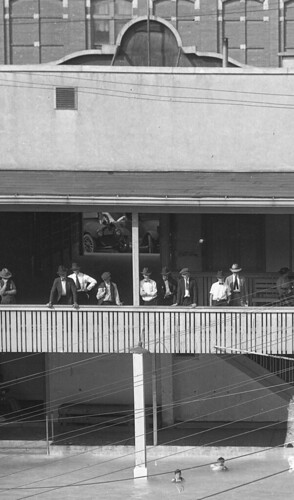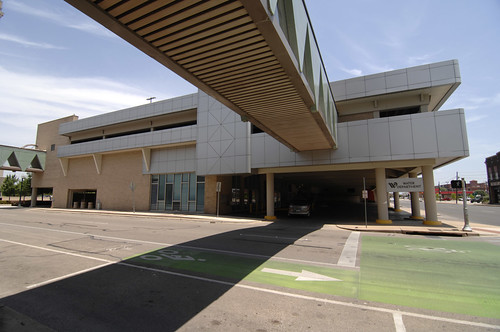By Priscilla Escobedo, University Archives student assistant
Over the long, hot summer, students (and staff!) on campus have been missing one of Baylor’s beloved traditions—Dr Pepper Hour. It goes on hiatus for the summer, but as classes start back up, the Baylor community happily gathers on Tuesday afternoons to enjoy tasty Dr Pepper floats. But how did the tradition get started?

The answer begins with the Student Union Building (SUB). Baylor University grew exponentially during the first half of the 20th century, and in response to the overwhelming desire to bring the expanding student body together, Baylor alumni advocated for the construction of a Student Union Building. The project began in 1940, but did not finish until after WWII due to lack of materials caused by the War.
When it was first opened in 1947, the Union Building was home to a soda shop, barber shop, and seating area. As time went on, the SUB became home to a bowling alley, lending library, and even a shooting range. Traditions sprung up in efforts to bring the Baylor community together, and while many faded away with time, some, like Dr Pepper Hour, have survived.

Dr Pepper Hour now is a 60-year-old tradition and a hallmark of the Student Union Building. It was first organized by Mrs. Marie Mathis, assistant dean, and eventually director of the SUB. She was incredibly passionate about student activities in Baylor, with other contributions including founding All-University Sing and Pigskin Revue. Like these other traditions, Dr Pepper Hour has undergone several changes over the years. This particular tradition has its origins with Matinee Coffee Hour in 1952, then became known as Coke Hour in 1953. The beverage offerings were not set for many years—the menu might include Coke floats, Dr Pepper floats, or even hot cocoa or hot Dr Pepper during the winter months. That means you’ll see references to Coke Hour and Hot Chocolate Time in old Lariats and flyers and so forth. (But it usually was Coke Hour.)

What hasn’t changed is that every Tuesday at 3 pm, students, faculty, and staff get together, chat, and take a break from their hectic schedules, while enjoying a tasty beverage. Coke Hour, along with the basement bowling alley and the second floor lending library, made the Student Union Building the center for student activities on campus.

In 1997, Baylor University entered an agreement with Dr Pepper Bottling Co., granting them campus exclusivity and sponsorship and promotional rights for athletic events as the University’s official soft drink. That agreement cemented Dr Pepper’s place as the beverage of choice, and the tradition has been Dr Pepper Hour ever since.
So when 3 pm rolls around today, make sure you stop by Barfield Drawing Room (or the 6th floor of Robinson Tower, if you’re over there) for a refreshing Dr Pepper float, and enjoy spending time in community with the Baylor family. You’ll be in good company with the last six decades of Baylor alumni!
Priscilla Escobedo is a senior international studies major from Irving, Texas. She has worked with the University Archives at The Texas Collection for nearly one year. She pulled the images for this post (except for the cookbook) from the Baylor printing office sorting project she has been working on for the past year.









